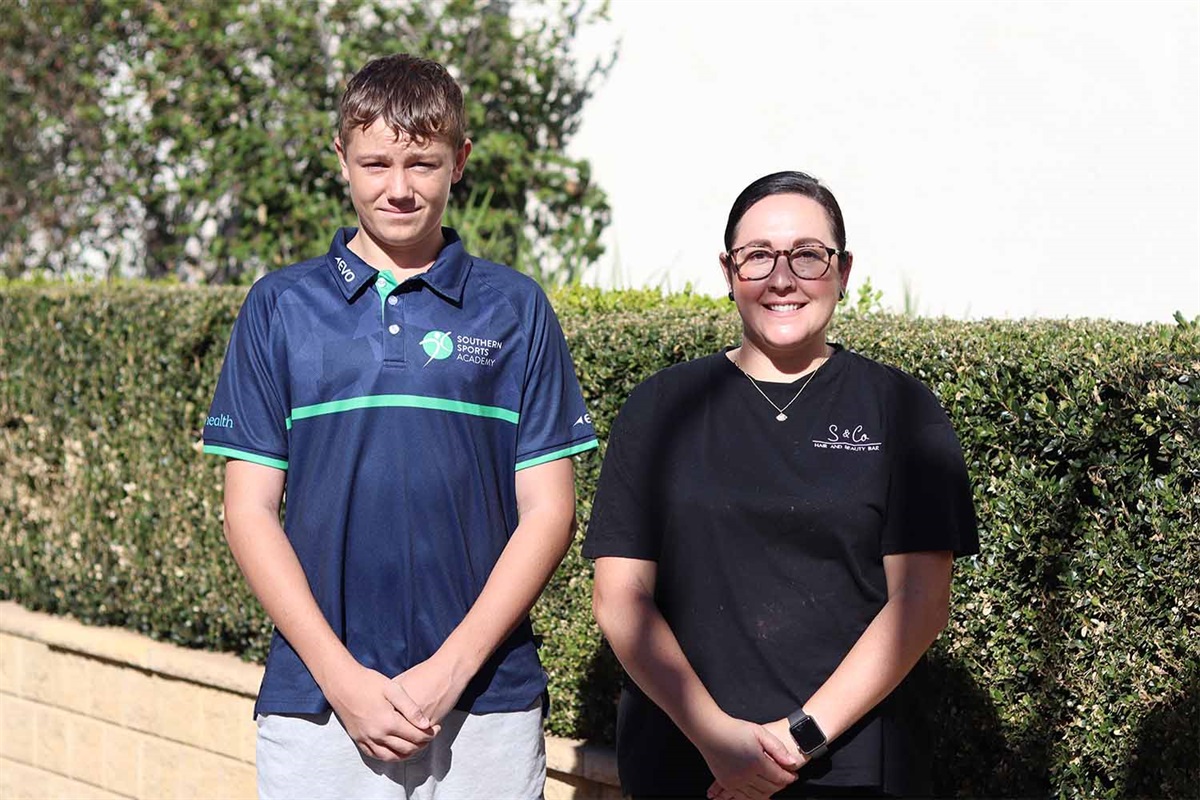A rare native fish species that could have been lost from Queensland has been saved by the Palaszczuk Government’s joint emergency rescue operation near Killarney in southern Queensland.
Minister for Science Leeanne Enoch said that leading ecologists from the Department of Environment and Science (DES) had moved threatened river blackfish, mountain galaxais and spiny crayfish, to a special aquaculture facility until river conditions improve.
“Department of Environment and Science ecologists discovered stream flows had stopped at a monitoring station near a unique population of river blackfish, an ancient cold-water species that is only found in the upper Condamine River catchment upstream of Killarney in Queensland,” Ms Enoch said.
“This population is isolated with no chance of recolonising locally and without immediate action, local extinction was likely.
“Two other important species – the mountain galaxais and spiny crayfish – also inhabit the same area and are facing the same risks.”
Blackfish die if the water temperature rises above 28 degrees. The ongoing drought, extreme heat and recent bushfire conditions in the area combined to create an extreme risk that simply could not be ignored.
In response, the Palaszczuk Government, in collaboration with experts from James Cook University, Griffith University and Jardini Pty Ltd, developed the rescue plan, which was supported by emergency funding from the Murray Darling Basin Authority.
“In early February, a team of experts travelled out to Killarney and captured 50 blackfish, 150 mountain galaxais and 50 of the crayfish over a two-day operation.
“The captured fish and crays have now been transported to a specialised refrigerated aquaculture facility where they will be kept as an ‘ark’ or ‘insurance’ population until the natural conditions improve.”
Dr Stephen (Harry) Balcombe from the Australian Rivers Institute at Griffith University assisted during the rescue operation.
“We’ve been pretty selective with the fish we’ve taken. We purposely left behind the big breeders and took out the little ones that are most vulnerable to high temperatures,” Dr Balcombe said.
“We hope the source population left behind will replenish the system next year when we get rain again, but if not, we now have the captive fish we can use to restock.
“Blackfish like a lot of rock cover and logs to hide in as they are a sit and wait predator. They are also an aggressive species of fish with dominance hierarchies, so they also like to hide from each other.
“Because the system has dried up so considerably, there is a lot of habitat that is just sitting dry now and the fish are being squeezed into a few remnant pools,” he said.
Ms Enoch said the team had advised the situation in Spring Creek was a lot worse than expected, despite recent rain in the area.
“Very few fish were found in sections of the creek where they once thrived. This proves how important this rescue mission was for the survival of these important and rare native species.”
If the wild populations do die out in Spring Creek, the captured fish will be released back into the native environment once it is safe to do so.








